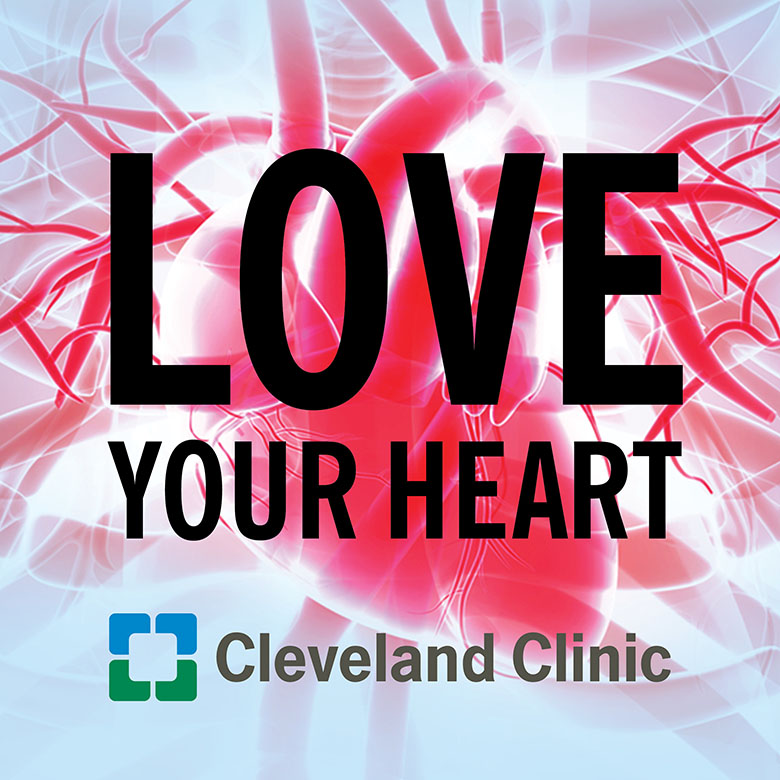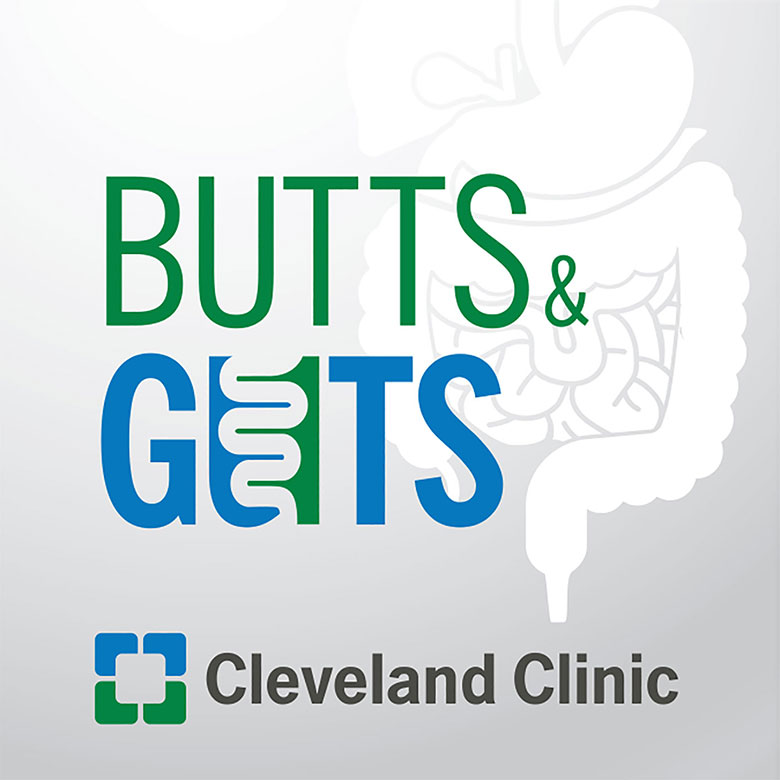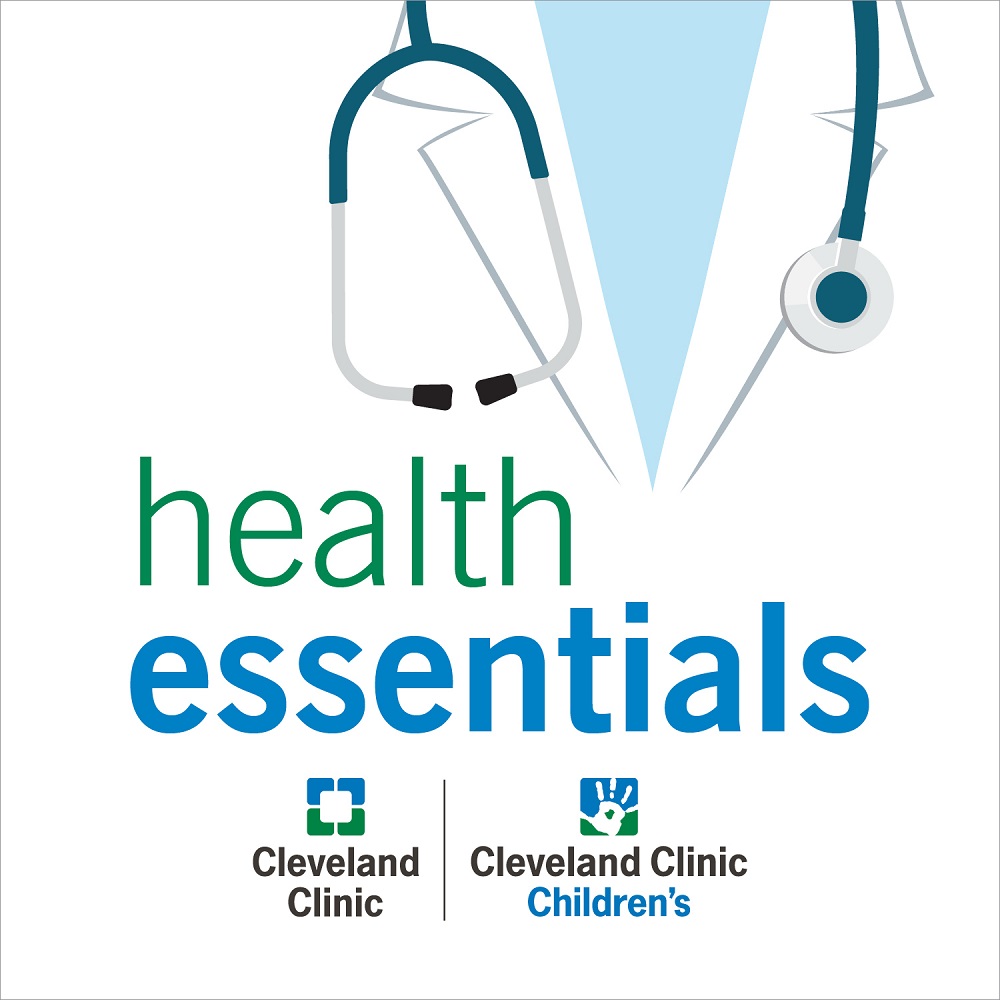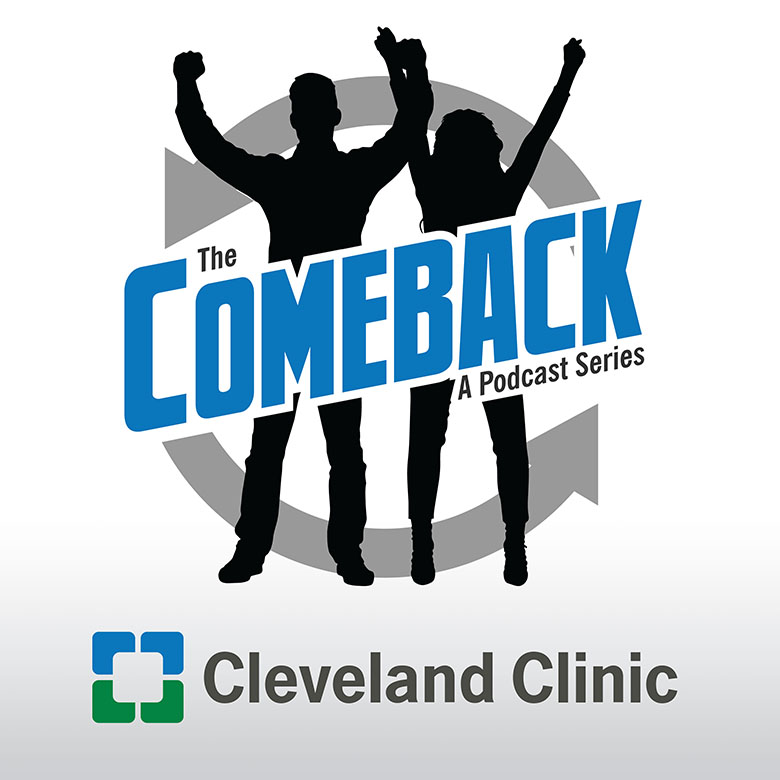Aortopathies in Athletes

Aortopathy refers to conditions that weaken your aorta, like aortic aneurysms and aortic dissections. Dr. Vidyasagar Kalahasti, Director of the Marfan Syndrome and Connective Tissue Disorder Clinic and member of the Aorta Center, discusses causes of aortopathies, especially for people with genetic conditions or competitive athletes.
Learn more about the Aorta Center at Cleveland Clinic.
Learn more about the Cardiovascular Marfan and Connective Tissue Clinic.
Subscribe: Apple Podcasts | Podcast Addict | Buzzsprout | Spotify
Aortopathies in Athletes
Podcast Transcript
Announcer:
Welcome to Love Your Heart, brought to you by Cleveland Clinic's Sydell and Arnold Miller Family Heart, Vascular and Thoracic Institute. These podcasts will help you learn more about your heart, thoracic and vascular systems, ways to stay healthy, and information about diseases and treatment options. Enjoy.
Vidyasagar Kalahasti, MD:
Thank you so much for inviting me to talk about this fairly broad topic. So aortopathies are a group of disorders that are categorized by dilation and aneurysms of the aorta that ultimately can, again, can lead to catastrophic complications of dissection or rupture. And we'll briefly summarize what are the etiologies of the aortopathies and then we'll quickly jump into athletes. So, when we think about aortopathies, the most common things that come to mind are genetic syndromes. That includes a host of many different genetic conditions, with most prominent being Marfan's syndrome, Loeys-Dietz syndrome, vascular Ehlers-Danlos syndrome, and heritable thoracic aortic disease, Turner syndrome, and autosomal dominant polycystic kidney disease, bicuspid aortic valve, one of the most common adult congenital heart conditions, inflammatory vasculitis. That includes Takayasu's, Giant Cell, Behcet's or arteritis associated with ankylosing spondylitis. And there are multiple other conditions such as atherosclerosis and syphilis and infectious aortitis and previous dissection.
So, if you look at the genetic aortic aneurysm syndromes, multiple genetic abnormalities have been detected in these patients, the most common of which that I see in my clinic is Marfan's syndrome with the fibrillin gene mutations. The next most common are the group of conditions under the broad umbrella of Loeys-Dietz syndrome with multiple different genetic mutations. We are learning more about these and identifying more mutations within these genes. The next group is the vascular Ehlers-Danlos syndrome with genetic mutations. And the last group is the heterogeneous group of heritable thoracic aortic disease with mutations involving multiple genes.
So, if we look at what are the most common, commonly associated risk factors for aortopathies, three things come really close. One is hypertension, smoking, and age of the patient. So, in general, as patients get into their fifth, sixth, and seven decades of life, the aortas do tend to get larger, and that's something that we take into account when we see patients in their eighties coming in with an aorta that's 4.2 centimeters. It could very well be the upper limit of normal for that patient.
What happens with aortic dilatation athletes? There are a few studies that looked at athletes, high intensity athletes as well as in the NBA and the NFL. So, this study, while looking at 2,317 athletes, the most important thing to look at is what is the 99th percentile in this study? And that corresponds to about 40 millimeters in males and 34 millimeters in females. And if you look at the percentage of that, it's only about 1.3 percent. So, it's a very, very small percentage that we see the aortic dilatation which would reach the point of being more pathologic. How about professional NBA players? Only 4.6 percent had an aortic root more than 40 millimeters, and they didn't see any difference in age or blood pressure between athletes with small or largest aortic group diameter, suggesting body size was not the determining factor to explain the increased aortic root dimension.
A higher proportion of aortic root dimension patients had mitral valve prolapse, suggesting possible maybe there is some genetic connection between the two that led to higher proportion of the mitral valve prolapse. In master's male and female athlete, these are older adults, 50 to 75 years, with more than two decades of exercise exposure. They took 442 athletes with an average age of 61, predominantly male. 21 percent of them had a sinus of Valsalva or ascending aorta measuring 40-plus millimeters. In those high-intensity endurance athletes, it's possibly suggested that a long-term participation in competitive endurance sport may be a risk factor for acquired ascending aortic dilatation.
So, what are the implications of dilated aortas? So, the possible contribution of high intensity exercises to acquire aortic dilatation. Again, the concern is just because you're a tall athlete, maybe there is a relationship to that, but there's a very non-linear relationship. So, we should not attribute the enlarged aorta just purely to the height of the body surface area. So, if you see an athlete with an enlarged aorta, you should always think about could this be something more than just an incidental finding? We should actively investigate possible inherited aortopathy. So, any aortic dilatation should trigger evaluation to determine whether there's an underlying aortopathy. How do we assess that? Echo plus minus MRI or CTA depending on what was the initial size, using that as a guide to the frequency of when you have them follow up or get imaged.
So how about mild aortic dilatation? This has become a very common thing that we see these days primarily because we do a lot of testing, testing in the form of screening, calcium score screening or lung cancer screening, any number of those things. But those things also can happen to athletes as part of their screening. Very mild aortic dilatation without underlying family history or any other known ideologies. But there is no clear data looking at competitive sports. And it comes down to case-by-case assessment. And if they're participating in sports, again, you have to follow them closely with imaging, again, using echo or CT or MRI. Frequency of imaging is again dependent on what is the initial size at which they were diagnosed and what is the stability of that upon follow up. And you can continue them, continue to follow them even after their sport participation is completed.
So, whether this is an athlete or a non-athlete, it's really not very well-defined because we do not have prospective long-term studies looking at that. In addition to that, knowing that you have a condition that could potentially be a problem in the future, more and more patients are opting to get operated on now. And also, the surgical risk has significantly come down with an elective, either valve sparing, or valve replaced aortic root or ascending aortic replacement. So that's again, changing the paradigm a little bit.
And in general, if you look at the rate of growth, the descending aorta tends to get larger faster compared to an ascending aorta. And a dissected aorta enlarges faster than a non-dissected aorta, and a Marfan syndrome patient has a faster growth of the aorta compared to a non-Marfan patient. So, what's the risk of dissection in athletes? That's the concern most people have. Like a dilated aorta, people think it's a ticking time bomb that's ready to pop on me anytime, how do I safely participate? So, the important thing to keep in mind is there could be a trigger with competitive sports, particularly heavy weightlifting or strenuous exercise. Out of all the hundreds of dissection patients that I take care of post-dissection after their repair, I've only heard one patient telling me that he was power lifting, and that's when he had the dissection.
The vast majority of the patients either were resting, or they were in their sleep. So, it's not like it can happen just because you do exercise, but it could be a potential, again, potential trigger when you're doing some of these very strenuous exercises. So, one of the goals with exercise, the main goal is to minimize the likelihood of hemodynamic stresses, again, potentially accelerate the aortic enlargement or precipitate acute aortic events. And the idea is to mitigate large sudden increases in the mean arterial pressure that exceeds the rupture or dissection threshold of the aorta. And the goal is to have no dramatic increase, and resistance exercise is the only one that has shown that you can dramatically and acutely increase your systolic and diastolic pressure.
There's no clear-cut weight, and that is the most common and the most frequently asked question in the clinic is, "What is it that can I do? What is it that I can do safely? And what is it that is potentially problematic?" So, there is no clear good weight or number recommended. As I stress, it's highly variable, and each person's type of activity is very variable. And then the strength of the athlete is very variable. So, the general recommendation, which is most commonly what I do is avoid heavy weightlifting. I've heard this mentioned is limit weightlifting to 50 percent of the body weight. There is no data behind that, so it's not clearly validated. It's more a suggestion. But for somebody who is a non-athlete, this does make sense that it's easier for them to think about that.
Announcer:
Thank you for listening. We hope you enjoyed the podcast. We welcome your comments and feedback. Please contact us at heart@ccf.org. Like what you heard? Subscribe wherever you get your podcasts or listen at clevelandclinic.org/loveyourheartpodcast.

Love Your Heart
A Cleveland Clinic podcast to help you learn more about heart and vascular disease and conditions affecting your chest. We explore prevention, diagnostic tests, medical and surgical treatments, new innovations and more.


